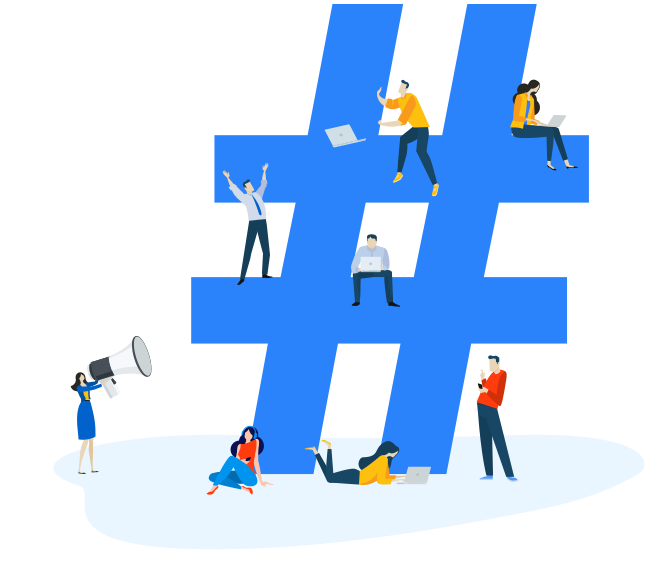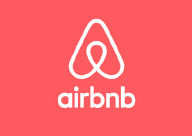How To Build Social Media Into Your Strategy and Create Customer Experience

When we consider social media as a way to boost business, we typically think of advertising, blogs and articles. And while that can be all well and good (I’m writing this article right now), what builds relationships is customer engagement and customer service — and when used properly, it can impact the success of a business, tenfold.
With a smartphone clutched in everyone’s hands, companies have opportunities to engage, connect, and influence 24/7, like never before. It’s been proven, businesses that integrate social media marketing into their IT strategies are the ones increasing revenue and winning.
Let’s look at the different ways you can include social media in your strategy and then leverage a few strategies to capture attention — and revenue — some obvious, others might come as a surprise.
Who’s your audience?
In the past decade, we’ve seen the decrease of print and radio, leaving room for social media to step in. Whether you’re sharing through posts, ads or videos, social media is a direct connection to your target audience. How should you take the first step toward success? Choose the most effective social media for your business — consider your target audience and goals. For example, LinkedIn captures the attention of the professional world and Instagram caters to the selfie-taking millennials. Examine your industry, including competition, your brand, products, and objectives. Every channel has a unique audience and purpose. LinkedIn’s “Why and When to Use Different Social Media Channels” is a helpful guide.
It’s worth mentioning, as consumer demographics change, millennials are becoming a driving force in online shopping. With ecommerce sales in the United States projected to surpass $504 billion by the end of this year, it’s no surprise they’re the most valuable target demographic.* Businesses need to take millennial buying power seriously and know how to leverage social media to get them to engage them and respond.
Personalization
The latest trend? Personalized marketing, which uses data to deliver more relevant messages to your target audience. |
Personalization makes consumers feel they have some control over what they want to see as they have information bombarding them from every direction 24/7. In fact, studies have found that three-fourths of all consumers are much more motivated to buy from a company that not only knows their name but also makes recommendations based on previous purchases.
If you haven’t already, the first step is to develop a strategy to help you better understand your customers, then customize your content to them. As social media platforms become increasingly segmented, it’s important to know which ones will reach your audience. Trying to create generalized content that will perform across all channels is misguided. If you’re selling video games you’d most likely want to communicate your personalized content through Facebook, Snapchat, and Instagram because that’s where your target audience teens and millennials are.
After you communicate, next, listen and engage. To truly have a relationship, connect with your brand and build a relationship, you need to find out what problems you can solve and what they want — whether it’s products and services or more content.
Companies that don’t maintain communication with their audience will lose the personal connection that breeds loyalty. This is why personalization requires continual analysis on how well it’s reaching and connecting. You’re after long-term relationships, and if done right, personalization is the way to get there.
The Gap
What happens once a product or service is purchased? |
There’s no control over the experience that happens after that. Shep Hyken, from Forbes, coined this “The Moment of Truth Gap.” Here he found opportunities for companies to step in and continue to connect. So, let’s say you purchase outdoor lighting from Bill’s Lights, Bill and his company can provide suggestions on creative ways to hang it. Or maybe it’s during the holidays, they could share ideas on how to decorate your tree or mantle. These are examples of a branded experience while the customer waits for the merchandise to arrive. This idea applies to services as well — maybe your daughter just got braces, her orthodontist could give information on how to ease pain, best foods to eat and good ones to avoid. It’s all about understanding a customer’s journey and meeting them there.
User-Generated Content (UGC)
Let’s go back to Airbnb – masters of UGC — which is what happens when you ask your customers to post their interaction with your product or service, usually searchable across social media channels using a hashtag. Because Instagram is where millennials go to share their lifestyle and Airbnb’s brand is associated with “cool,” it’s a perfect fit. If UGC is done correctly, with a lot of other strategic marketing efforts, then marketing will eventually happen organically. In the case of Airbnb, there are currently 3.8 million photos using #airbnb on Instagram — and counting. Wow!
Tweeting to Respond and Engage
Twitter was created for quick and honest conversations. This is an opportunity for companies to respond quickly and efficiently to customers’ concerns and comments. There’s more benefit — businesses can also take advantage of interacting and engaging with customers who share their #company experiences on Twitter from their main accounts. Again, real life interactions can speak volumes.
Seamless User Experience
What can you do to boost the customer experience? The highest levels of service. Make everything your customers could ever want or need right at the tip of their fingers. Put simply, you intuit what’s next for them. And Disney has it nailed. Once you’ve booked a trip, you can use the My Disney Experience tool to plan your entire trip, from where you’ll dine to securing your Fast Pass. In the park, you can use your mobile app to locate the attractions you want to see, as well as view the estimated wait time for each of them.
The entertainment company takes it one step further, though, with the release of its Magic Band Program. This tool acts as a hotel room key, a photo storage device for any pictures taken of you with Disney characters, and a food ordering tool. Plus, it even has Fast Pass integration to keep your vacation moving.
Download PDFAbout the Author
Miguel Sanchez is VP of Professional Services at Synoptek, a Global Systems Integrator (SI) and Managed IT Services Provider (MSP) offering Comprehensive IT Management and Consultancy Services to organizations worldwide. Miguel is responsible for strategy development, business growth, and client relationship management for Synoptek’s consulting practice. . With over 18 years of experience in developing IT strategy, leading business solutions by leveraging best practice process methodologies and managing large-scale IT solutions, and systems implementation.


